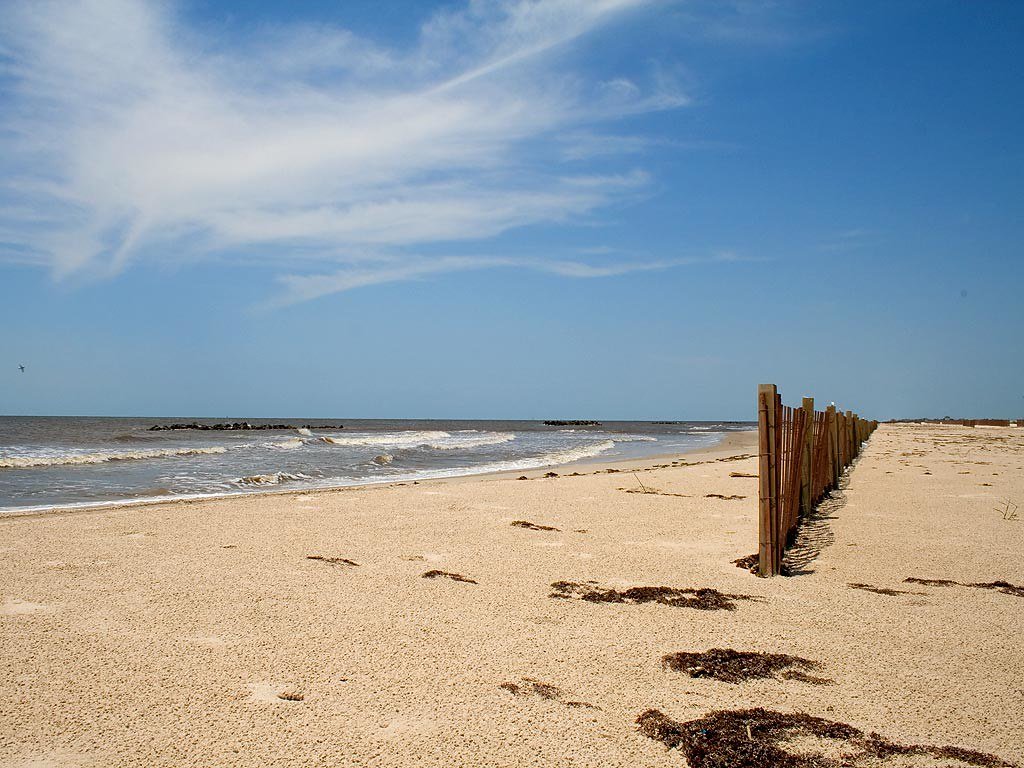Imagine drifting through a sun-dappled underwater forest, surrounded by reefs bursting with color and life. Now imagine those same reefs dissolving into ghostly skeletons, their vibrant communities silenced. What’s even more shocking? Some of the deadliest threats to coral reefs are nearly invisible, hiding in the lotions we slather on, the products we flush away, and the daily choices we barely notice. This isn’t just a distant, abstract problem—these invisible killers are everywhere, quietly sabotaging one of Earth’s most spectacular wonders. So, let’s pull back the curtain on these sneaky dangers and discover what’s really threatening our corals.
The Marvel of Coral Reefs: More Than Meets the Eye
Coral reefs are like bustling cities beneath the waves, teeming with an astonishing variety of life. They cover less than 1% of the ocean floor but support over a quarter of all marine species. Picture thousands of different fish, intricate corals, and curious creatures all packed into a vibrant metropolis. Not only are reefs beautiful, but they also provide humans with food, coastal protection, and even ingredients for new medicines. Their importance is almost impossible to overstate, which makes their vulnerability all the more heartbreaking. Every time we lose a piece of reef, it’s like tearing out a vital page from our planet’s storybook.
What Makes Coral So Vulnerable?
Coral may look tough, but it’s actually incredibly sensitive. These animals—yes, corals are animals!—live in a delicate partnership with tiny algae called zooxanthellae, which help them get energy from sunlight. This relationship is like a marriage that can fall apart at the slightest stress. Factors like heat, pollution, and chemicals can upset this balance, leaving corals bleached and starving. Think of a coral as someone living right on the edge—one wrong move, and everything falls apart. This vulnerability makes them easy targets for threats we barely even see.
Sunscreen: A Modern Menace Lurking Underwater
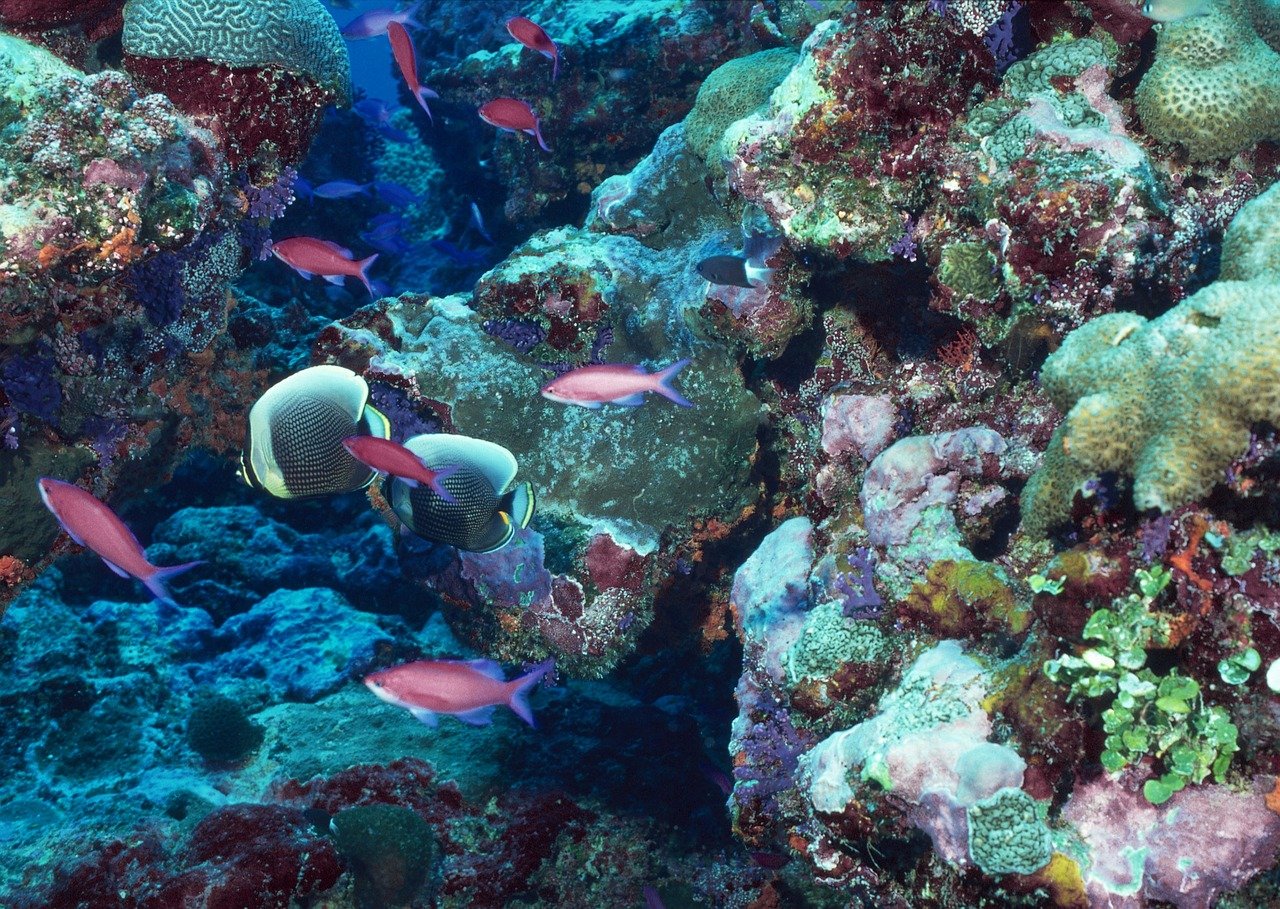
You might think sunscreen is harmless, just a way to protect your own skin. But when swimmers and snorkelers enter the ocean, they wash off millions of tons of sunscreen every year. Many sunscreens contain chemicals like oxybenzone and octinoxate, which are toxic to coral. Even tiny concentrations can disrupt coral growth, damage DNA, and make it harder for coral larvae to settle and form new reefs. Imagine a single drop of poison in an Olympic-sized pool—that’s enough to start causing harm. The problem is so serious that some places, like Hawaii and Palau, have banned certain sunscreens entirely.
Oxybenzone: The Chemical Assassin
Oxybenzone is one of the biggest culprits lurking in sunscreen bottles. Scientists have found that even in very low doses, this chemical can cause coral bleaching, deform young corals, and contribute to their death. It acts a bit like a silent saboteur, sneaking into coral cells and damaging their DNA. Oxybenzone also makes corals more vulnerable to heat stress—so when ocean temperatures rise, corals exposed to this chemical suffer even more. It’s like giving someone a fever and then locking them in a hot room with no water.
Octinoxate and Other UV Filters: More Than Skin Deep
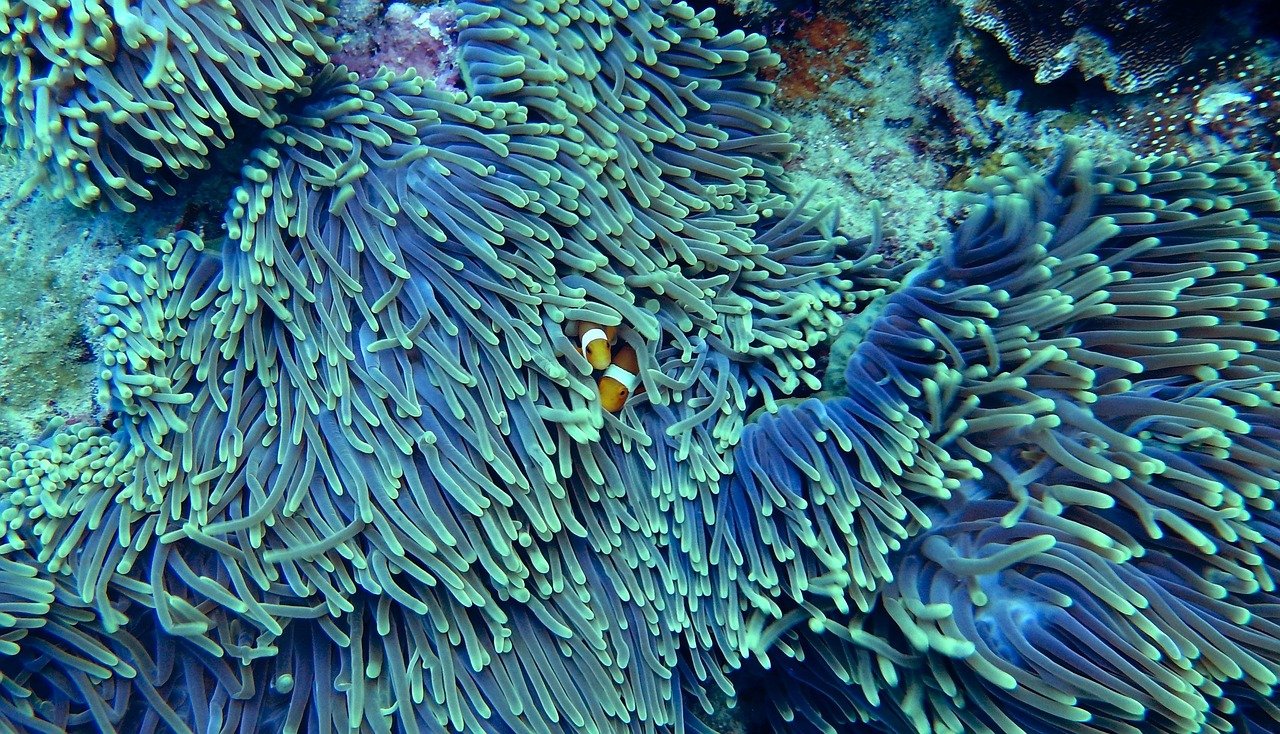
Octinoxate is another UV filter that sounds innocent, but it spells trouble for marine life. This chemical not only harms corals but can also disrupt hormones in fish and other creatures. Scientists have found that octinoxate can interfere with coral reproduction, making it harder for reefs to recover from damage. It’s almost like these chemicals are erasing the future of coral before it’s even begun. And since they’re found in so many personal care products, these threats reach oceans all over the world.
Microplastics: Tiny Particles, Massive Damage
Every time you wash your face with a scrub or use certain toothpastes, you might be sending thousands of microplastics down the drain. These tiny plastic bits are nearly invisible, but they’re everywhere in the ocean. Corals can accidentally eat them, mistaking them for food, which can block their digestive systems and leach toxic chemicals. Microplastics can also act like sponges, soaking up other pollutants and delivering them straight to coral reefs. It’s like death by a thousand cuts—small, but devastating when they add up.
Sewage: The Unseen Wave of Destruction
It’s not just the obvious trash we should worry about. Every day, untreated or poorly treated sewage flows into the ocean from cities, resorts, and even cruise ships. This sewage is packed with nutrients like nitrogen and phosphorus, which might sound helpful but actually fuel massive algal blooms. These blooms can smother coral reefs, blocking sunlight and sucking oxygen out of the water. It’s like dumping fertilizer onto a delicate flower garden—too much of a good thing turns deadly very fast.
Pathogens in Wastewater: The Misunderstood Threat
Sewage doesn’t just bring nutrients; it also carries pathogens—disease-causing microbes that can infect corals. Studies have shown that certain bacteria and viruses from human waste can cause devastating coral diseases, leading to rapid declines in reef health. One famous example is the white pox disease in the Caribbean, which has been linked to a human intestinal bacterium. It’s a harsh reminder that what goes down our drains can come back to haunt the ocean in unexpected and horrifying ways.
Pharmaceuticals and Personal Care Products: The Chemical Soup
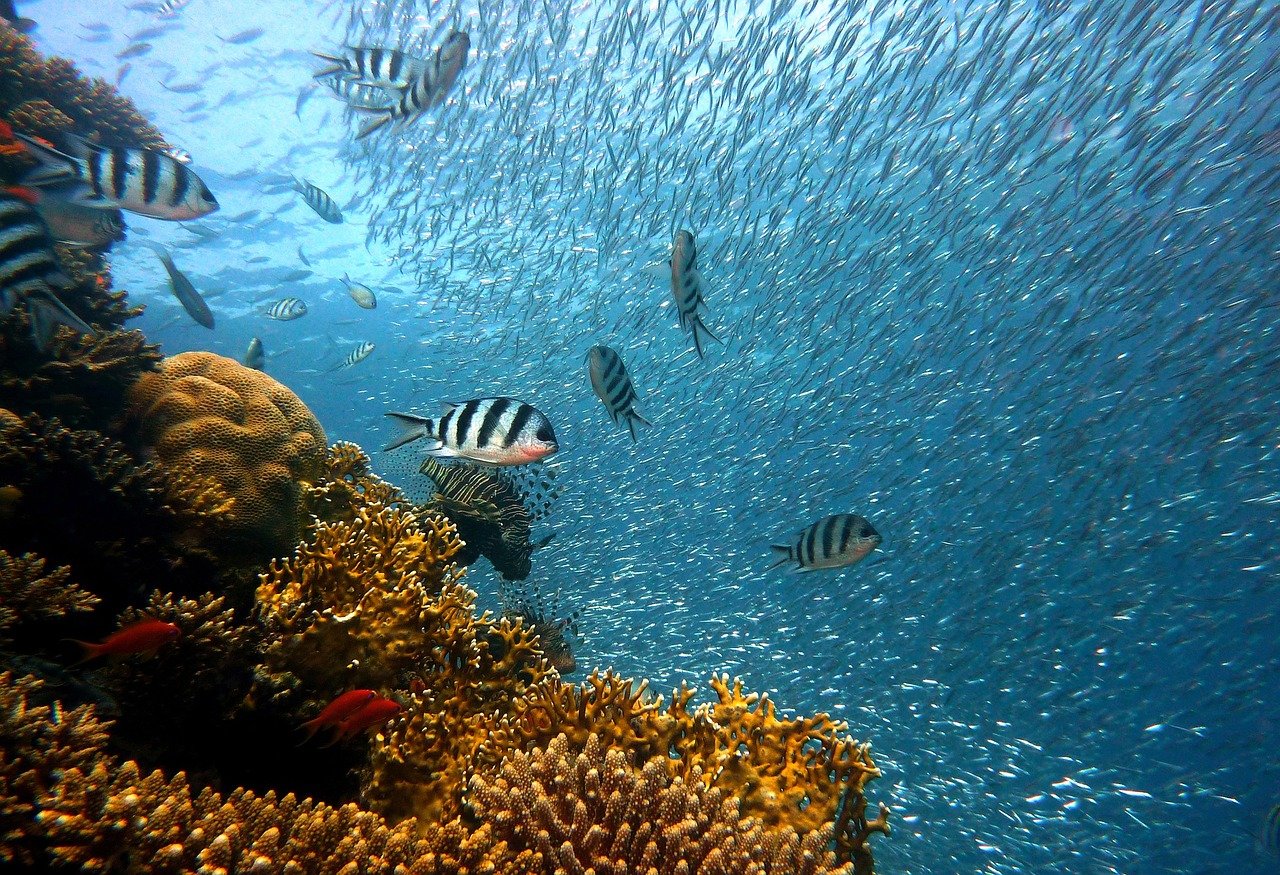
Everyday products like painkillers, antibiotics, and even perfumes can end up in the ocean after passing through our bodies and wastewater systems. Many of these chemicals are never fully removed by treatment plants, so they sneak into the sea and accumulate in coral reefs. Some pharmaceuticals can disrupt coral reproduction and growth, while others can confuse fish and other marine life. Imagine a coral reef trying to survive in a never-ending cocktail of drugs and chemicals—it’s no wonder they’re struggling.
Household Cleaners: Toxic Suds for Sea Life
Have you ever thought about where your household cleaners go after they swirl down the drain? Many cleaning products contain harsh chemicals like ammonia, bleach, and surfactants that can poison marine life. When these substances reach coral reefs, they can kill helpful bacteria, damage coral tissue, and make it harder for reefs to recover from stress. It’s a bit like trying to heal a wound while constantly pouring salt into it.
Pesticides: The Agricultural Ambush
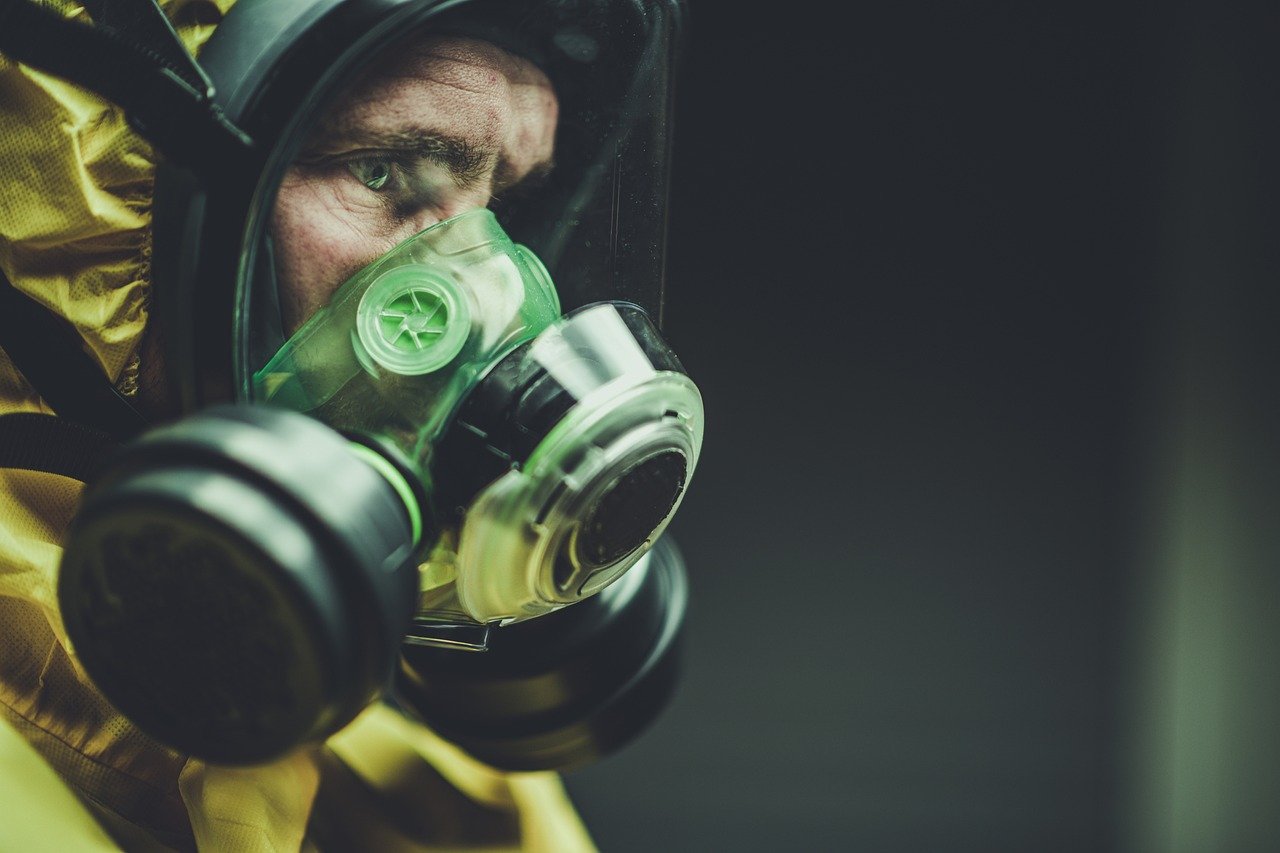
Pesticides used on farms and gardens can travel long distances in rainwater, eventually washing into rivers and out to sea. Once in the ocean, these chemicals can harm corals by interfering with their growth and reproduction. Some pesticides can even make corals more susceptible to disease and bleaching. The tragedy is that the very chemicals meant to protect our crops end up waging war on precious underwater ecosystems.
Stormwater Runoff: The Silent Surge
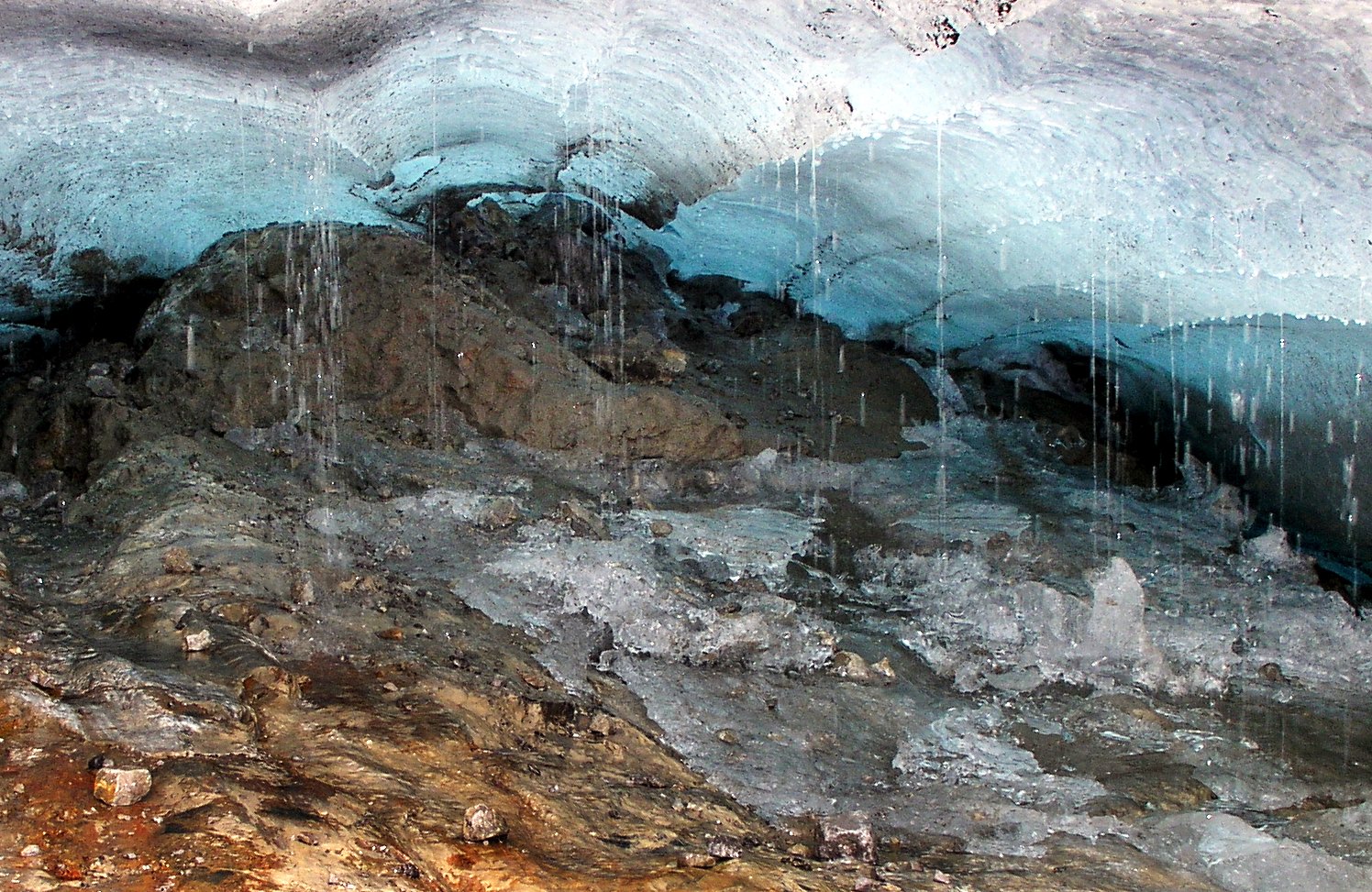
When heavy rains hit streets and parking lots, they wash away oil, heavy metals, and chemicals, carrying them straight into the ocean. This stormwater runoff is like a toxic soup that can overwhelm coral reefs with pollutants in a matter of hours. After a big storm, scientists often see a spike in coral disease and death. It’s a reminder that what happens on land doesn’t stay on land—everything is connected in the water cycle.
Sedimentation: Drowning in Mud
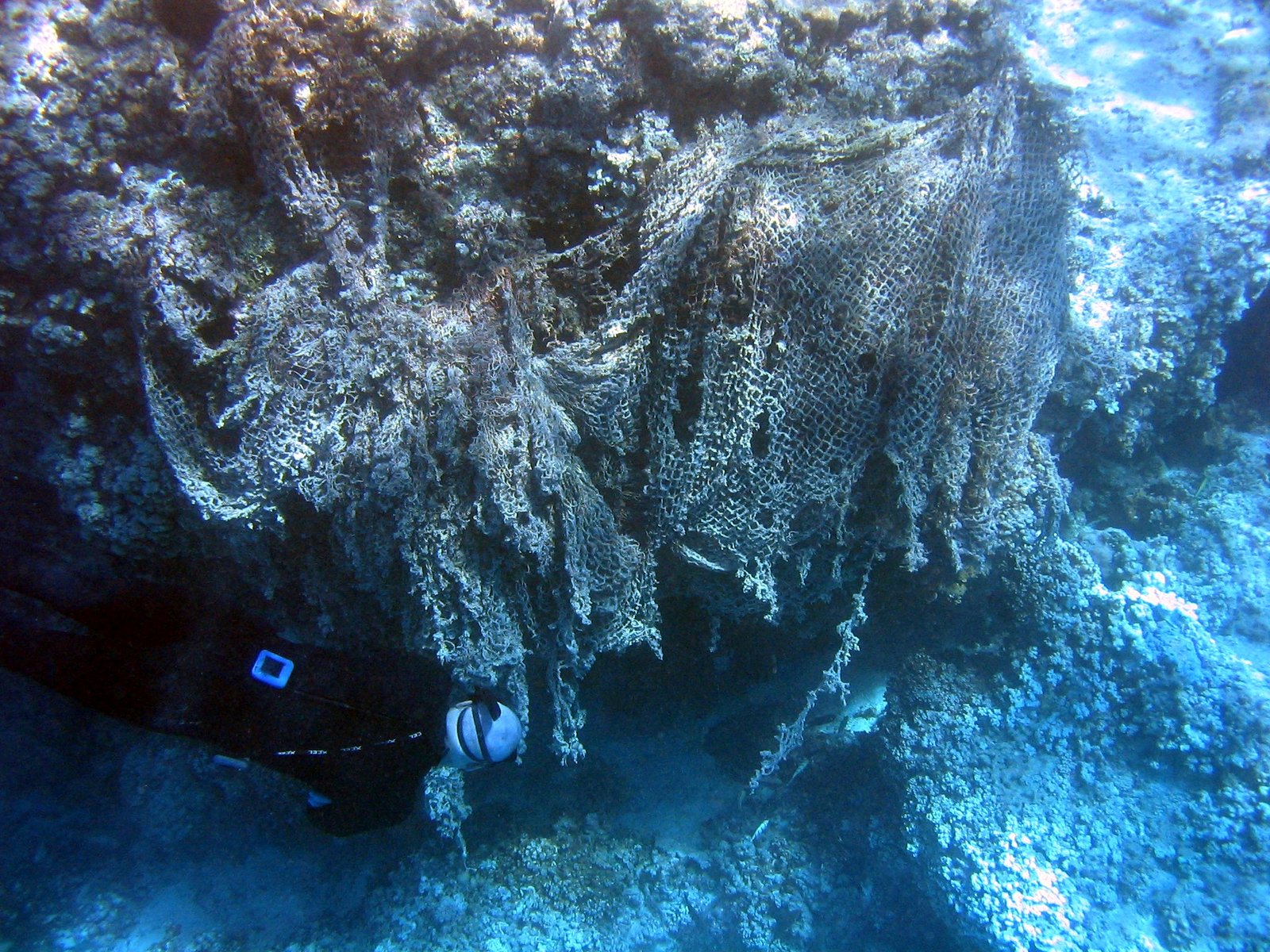
Construction, deforestation, and poor land management can lead to huge amounts of sediment washing into the sea. This sediment clouds the water, blocking sunlight and smothering corals. Without enough light, the algae inside corals can’t photosynthesize, leaving the corals weak and starved. In some places, whole reefs have been buried under layers of mud, transforming vibrant habitats into lifeless deserts.
Heavy Metals: The Hidden Poison
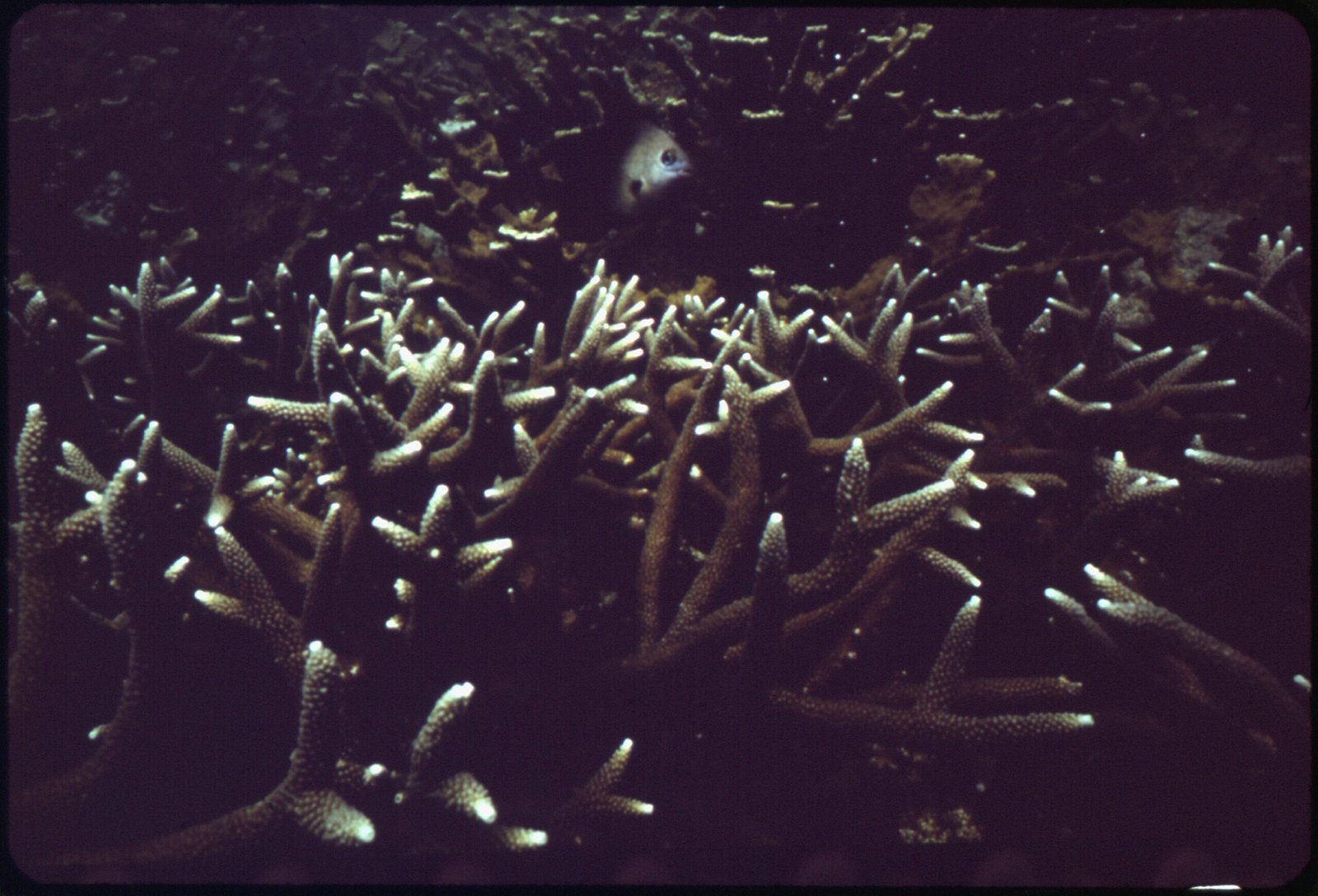
Metals like mercury, lead, and cadmium can enter the ocean from factories, mines, and even old shipwrecks. These heavy metals are toxic to nearly all marine life, including corals. They can build up in coral tissues, interfering with their ability to grow and reproduce. Sometimes, the effects aren’t obvious right away, but over time, these poisons slowly erode the health of entire reefs.
Plastic Waste: More Than Just an Eyesore
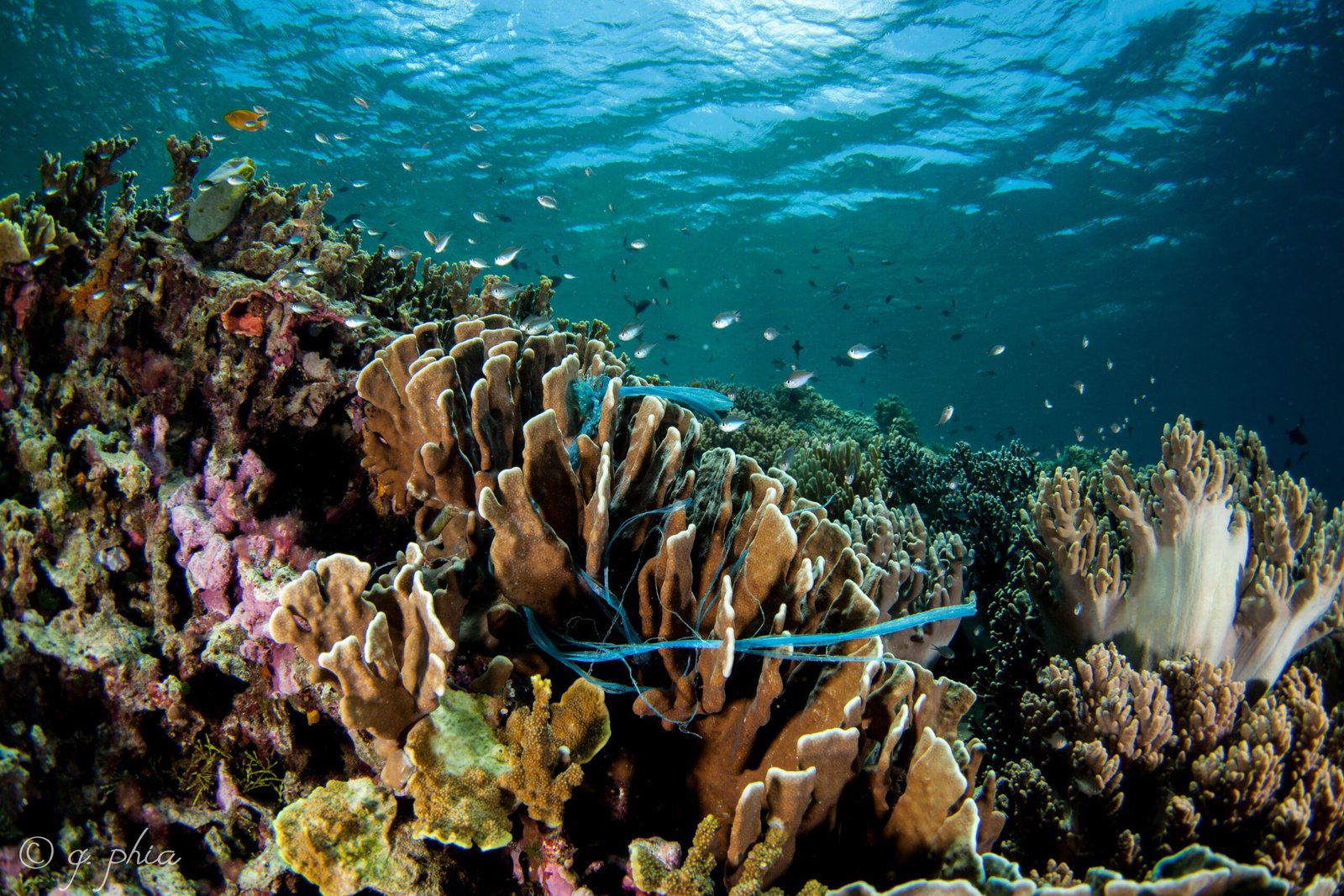
It’s easy to spot big pieces of plastic floating on the ocean, but the real danger is often invisible. As plastic breaks down, it releases toxic chemicals and tiny fragments that can choke and poison corals. Corals can get tangled in plastic or mistake it for food, causing injuries that make them more vulnerable to disease. In some heartbreaking cases, scientists have found entire coral colonies suffocated under plastic bags and debris.
Tourism: Loving Reefs to Death
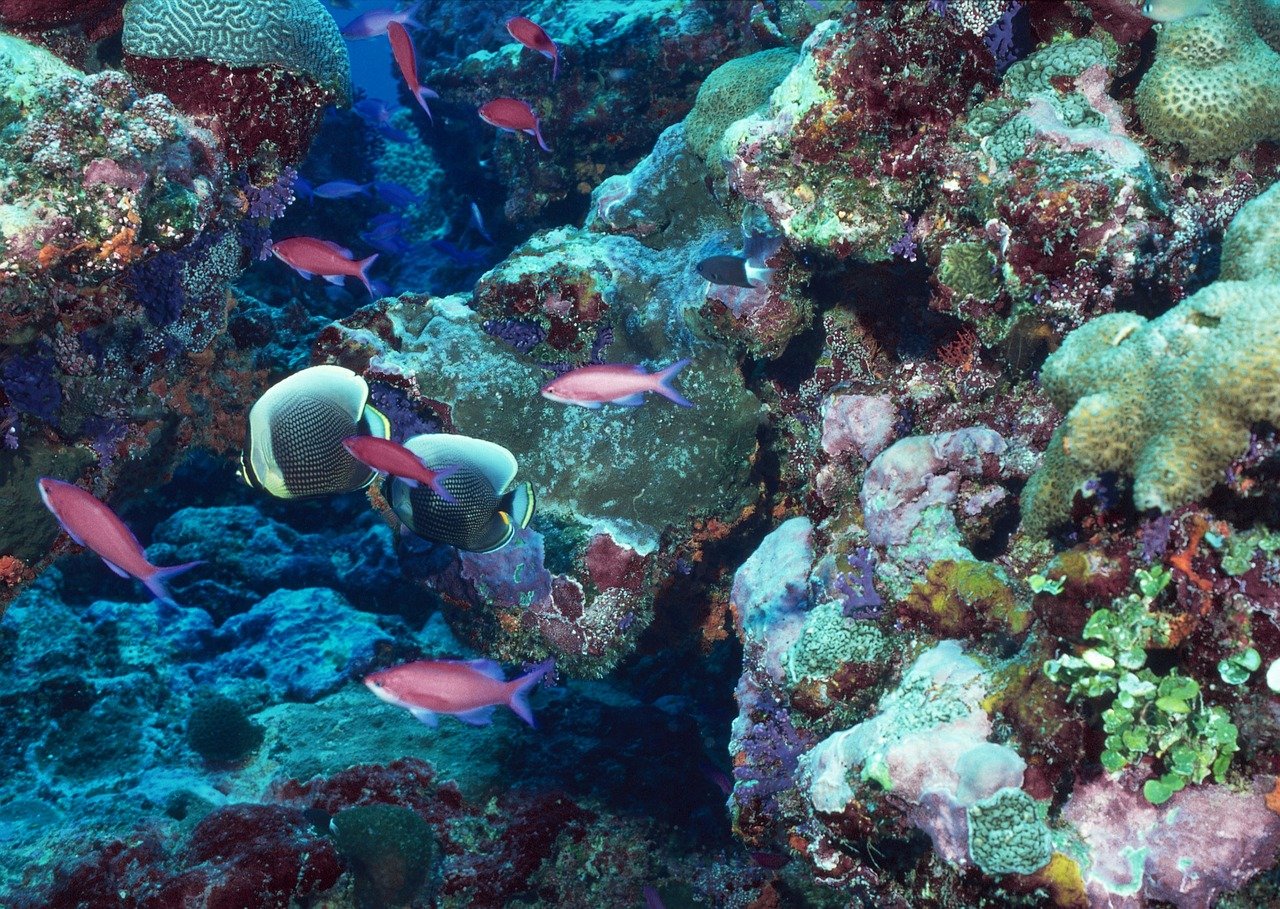
Tourism brings millions of people to coral reefs every year, but all that attention can be a double-edged sword. Careless divers and snorkelers can break corals, stir up sediment, or leave behind sunscreen and litter. Even the boats that bring tourists can cause damage with their anchors and fuel leaks. It’s a classic case of loving something so much that we end up destroying it—unless we learn to tread more gently.
Climate Change: The Background Agitator
While not exactly invisible, climate change is like the ever-present villain in the story of coral decline. Rising sea temperatures, acidifying oceans, and more intense storms all put extra stress on reefs. When combined with pollutants from sunscreens, sewage, and everyday products, the effects are multiplied. Corals are left less able to cope, recover, or adapt. It’s like fighting a battle on multiple fronts with no time to rest.
The Domino Effect: How Coral Loss Impacts Us All
When corals die, it’s not just a loss for the ocean—it’s a loss for people everywhere. Coral reefs protect coastlines from storms, support fisheries that feed millions, and drive tourism economies. Losing them sets off a chain reaction, affecting food security, jobs, and even the air we breathe. It’s a stark reminder that we’re not separate from nature; our fates are tied to the health of these extraordinary underwater worlds.
What We Can Do: Small Changes, Big Impact
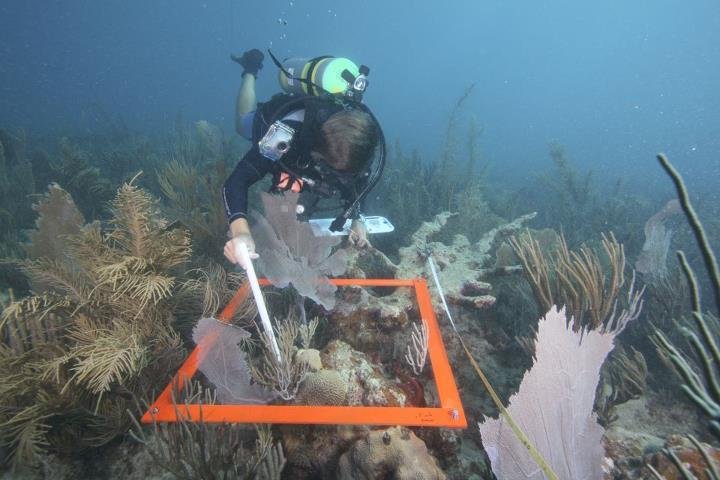
It’s easy to feel powerless in the face of such huge problems, but small actions really do add up. Choosing reef-safe sunscreens, reducing plastic use, and properly disposing of chemicals can all help. Supporting better wastewater treatment and pushing for stronger environmental protections are powerful ways to make a difference. Even spreading the word to friends and family can be a spark for change. Each choice we make is a step toward protecting these underwater wonders.
Our everyday decisions, from what we put on our skin to what we pour down the drain, ripple outward in ways we can’t always see. The invisible killers of coral are everywhere, but so is the power to protect. Will you be part of the problem—or the solution?



